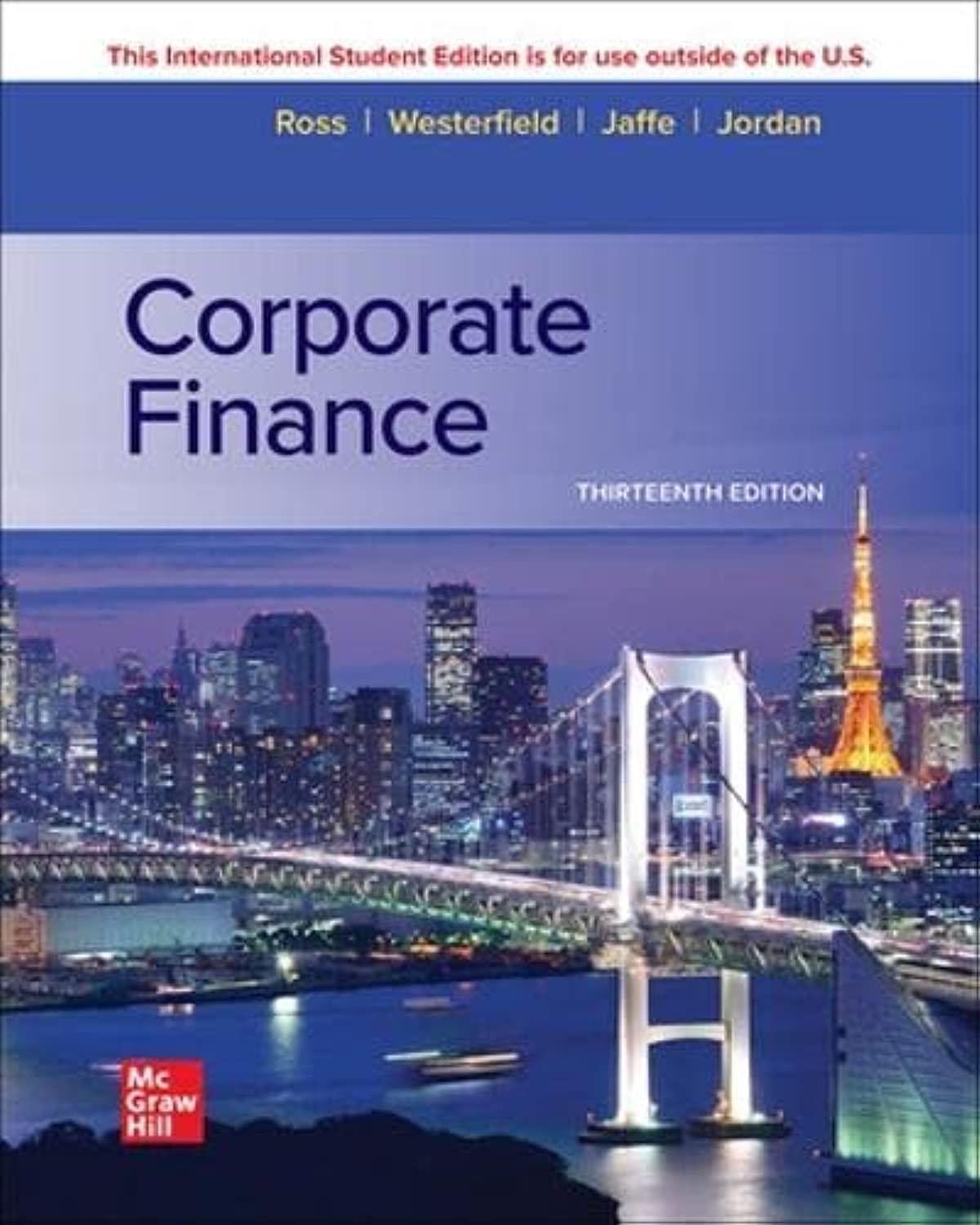Question
Consider a one-period binomial model with the riskless rate of interest equal to r > 0. Let UND0 be the initial market value of an
Consider a one-period binomial model with the riskless rate of interest equal to r > 0. Let UND0 be the initial market value of an underlying asset. One period later, the value of this asset will be either UND0(1 + u) in the up state with probability p, or UND0(1 + d) in the down state with probability 1 p, where d < r < u. There is a security (called the Red) that pays one dollar at the end of the period if, and only if, the up state occurs. Likewise, there is a security (called the Blue) that pays one dollar at the end of the period if, and only if, the down state occurs.
(a) What are the initial market prices of the Red and the Blue? What are their
required rates of return that take risk and time value of money into account?
(b) Consider another underlying asset whose initial market value is UND00. One
period later, the value of this asset will be either UND00(1 + u0) in the up state
with probability p, or UND00(1 + d0) in the down state with probability 1 p,
where d0 < r < u0. What are the initial market prices of the Red and the Blue?
(c) If there are no arbitrage opportunities, show that the markets prices of the Red
and the Blue derived in parts (a) and (b) are perfectly consistent.
Step by Step Solution
3.49 Rating (152 Votes )
There are 3 Steps involved in it
Step: 1
Prompt Consider a oneperiod binomial model with the riskless rate of interest equal to r 0Let UND0 b...
Get Instant Access to Expert-Tailored Solutions
See step-by-step solutions with expert insights and AI powered tools for academic success
Step: 2

Step: 3

Ace Your Homework with AI
Get the answers you need in no time with our AI-driven, step-by-step assistance
Get Started


